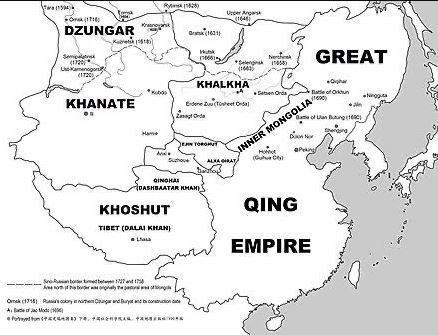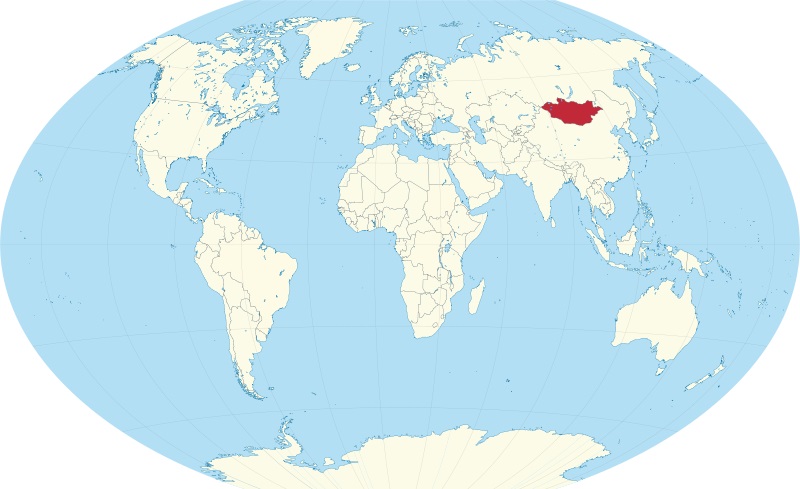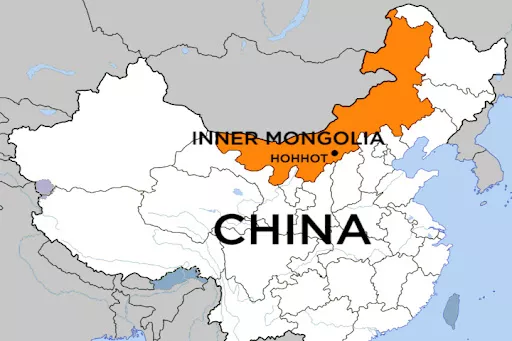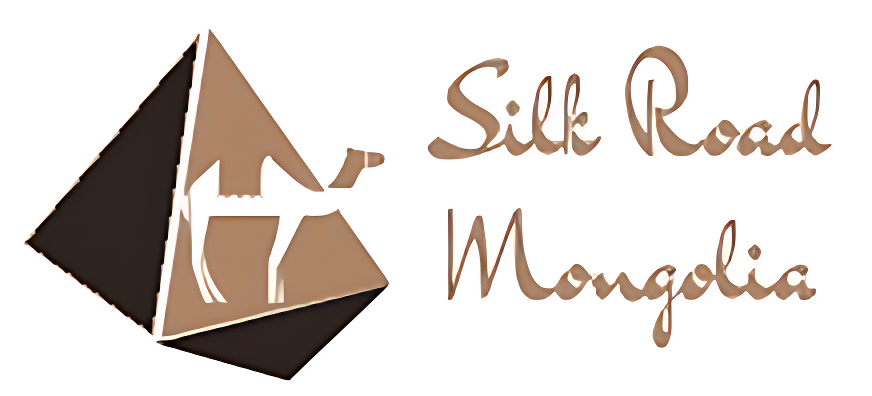Blog
Outer Mongolia vs Inner Mongolia | What is The Difference?
A lot of people refer to modern day Mongolia as “Outer Mongolia”, but in some cases it could be taken as an offense. When visiting and traveling in Mongolia, the right term in today’s day and age would be just Mongolia.
However, it still begs the question, why was it referred to as Outer Mongolia? And why is there an Inner Mongolia as well?
How Was “Outer Mongolia” Formed?
Before being colonized by the Qing Empire in 1691, The Mongolian Empire was split into different Khanates. Modern day Mongolia as we know of today was part of the Yuan dynasty or The Great Khanate. To the west, there were Chagatai Khanate in Central Asia, Ilkhanate in Western Asia, and Golden Horde in Russia / Eastern Europe.
Years of internal conflicts led to the fracture of not only the Mongolian Empire, but also The Great Khanate which split into Khalkha Mongolia, (also referred to as Northern / Outer Mongolia), Inner / Southern Mongolia, and Dzungars or Western Mongolians.
Despite all of them being of the same culture and origins, Khalkh Mongolia, Southern Mongolia, and Dzungars fought for dominion over each other which eventually weakened all of them.

The Manchurians, also a nomadic people of Northeastern Asian steppe, used the weakened state of the Mongols to their advantage and eventually colonized both Inner Mongolia and Outer / Khalkha Mongolia by 1691. For the Dzungars, The Manchurian Qing Empire left no mercy as they were the most opposed to Manchurian rule, which led to extermination of Dzungar Mongols.
Hence since then, only 2 states/regions known as Khalkh/Outer Mongolia and Southern Mongolia remained and would go on to carry the legacy of Chinggis Khaan despite fading into old archives of history.
How Modern Day Mongolia and Inner Mongolia Were Formed
After more than 200 years of colonial rule, when the Qing Empire weakened due to internal rebellions, European influence, and Japanese incursion, Khalkh Mongolia saw the opportunity to declare an independent state free of Qing rule. In 1911, Northern Mongolia formally declared independence from the Qing with Bogd Khaan as the leader.
Wanting to unite the whole of Mongolia, Bogd Khaan, invited other princes and royal Mongolian families of Southern Mongolia to join, which majority of them accepted.

Southern Mongolia in fact was independent from Qing rule during the 1910s for a few years before being retaken by the newly formed Republic of China. Bogd Khaan urged Japanese and Russians to help with their efforts to liberate Southern Mongolia, but due political reasons he received no aid.
Despite Bogd Khaan’s wish to unite all of Mongolia, Socialist revolution and other political turmoil ensued which led to his eventual death in 1924. However, hope for a united Mongolian state was alive and well into the 1940s which had many conflicts, but with passing time, the likelihood of unification seemed more and more distant.
It wasn’t until the formal treaty between USSR and Communist China in 1945 that solidified the lost cause for a unified Mongolian state. In 1947 Southern Mongolia, formally became as Inner Mongolia an autonomous region of China, and Northern/Outer Mongolia as Mongolian People’s Republic.
While Stalin supported the independence of Mongolia, he was happy with Mongolia acting as a buffer zone between China. So Chinese and Soviet interest played a big role in how modern day Mongolia and Inner Mongolia came to be.
Modern Day Mongolia

Since 1940s until the eventual fall of USSR, Mongolia was closely allied with the Soviet Union and industrialized with their help. Mongolia even adopted the Cyrillic alphabet for political reasons.
As a landlocked country in between 2 superpowers, Mongolia lives in its former shadow of what is once used to be.
If you visit Mongolia, you’ll find mix of Tibetan, Soviet, and Western cultural influences that shaped and formed Mongolia until today. Many Khalkh Mongolians are proud of their heritage and history, but sometimes still dream of a distant unified Mongolia and its former glory of the Mongolian Empire.
Modern Day Inner Mongolia

Since 1947, Inner Mongolia has developed drastically and overweighs the GDP of Mongolia greatly due to better infrastructure, development, and abundance of resources. In recent years, many ethnic Han Chinese have settled in Inner Mongolia.
While the population of Inner Mongolia is almost 25 million in 2021, only 5 million or so ethnic Mongolians make up the population of the region. With each passing day Inner Mongolia and Mongolia drift away from each other politically and culturally due to geopolitical reasons.
Wanting to distance themselves from former Manchu rule, Mongolia has embraced Western and Soviet culture and values, while Inner Mongolia has been influenced by Chinese / Sino culture and values.
Is Re-unification Possible?
With current state of affairs and the future trajectory, it is very unlikely that Mongolia and Inner Mongolia will reunite. Almost 100 years passed since the split and Mongolia , Inner Mongolia have gone in different directions politically and culturally.
However, both Inner Mongolians and Khalkha Mongolians talk about a unified Mongolia from time to time despite how implausible it is.
